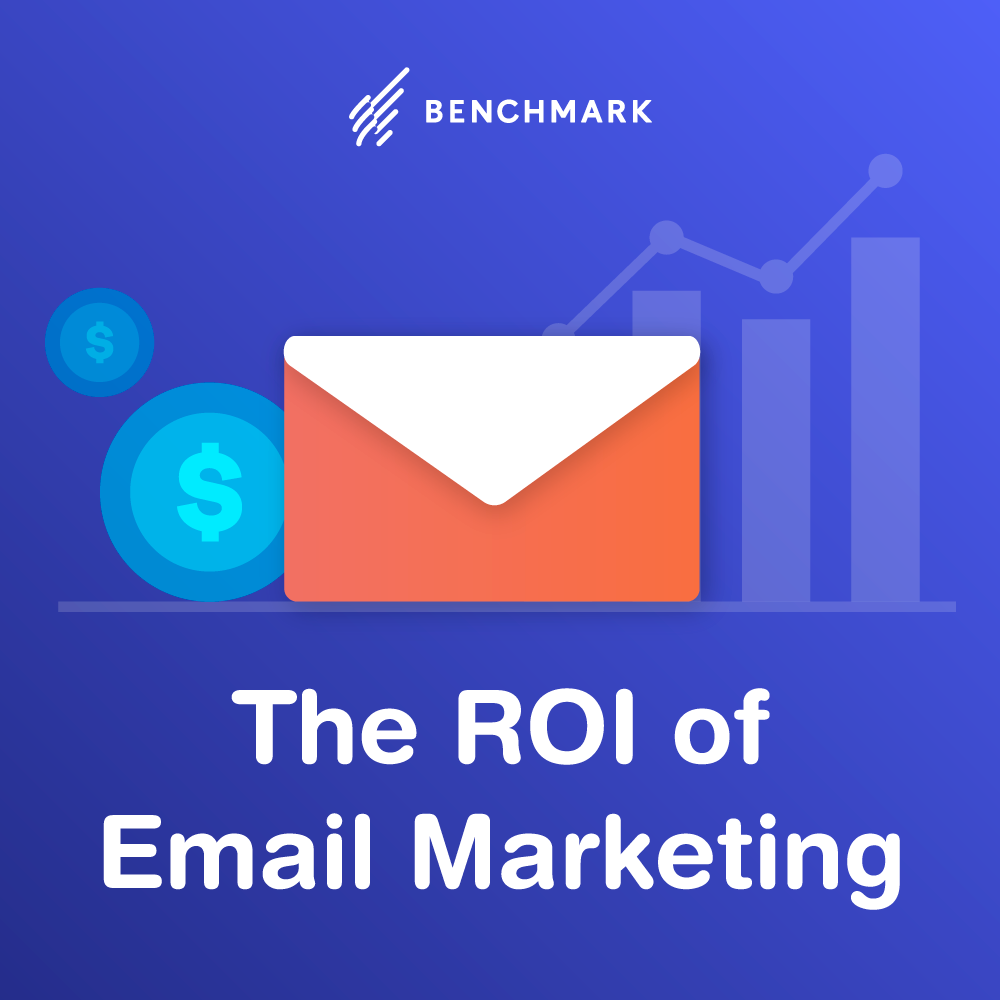
You’ve probably heard that email marketing has one of the highest ROIs of all marketing tactics. Dollar for dollar, marketers get more benefits out of emails than they do out of pretty much any other endeavor, including social media. It’s one of the most lucrative marketing practices out there, and one that you definitely can’t neglect as part of your marketing strategy if you want to eke out the maximum amount of profit (and who doesn’t?) from all of your marketing channels.
Successful email marketing campaigns requires a big investment in terms of resources. And when you’re spending a lot of time and money on something, it’s important that you fully understand how much you’re getting in return. Below, we’ll cover the basics of email marketing ROI, including how to measure it effectively so that you always know what’s working for your bottom line, not to be confused with your subject line.

What Is Email Marketing ROI?
ROI, or return on investment, is an essential metric for quantifying how effective your marketing efforts are. Email campaigns pretty much blow other digital outreach methods out of the water in terms of ROI, with an average of $38 gained to $1 spent, making their ROI an awe-inspiring 3,800%. It’s clear that email marketing is worth your focus when it comes to making every dollar you spend really count.
The formula for figuring out your own email marketing ROI looks like this:
Net Gain (profits derived from email marketing – email marketing costs) / Email Marketing Costs
Keep in mind that averages are not guaranteed. Spending $5,000 on email marketing doesn’t mean you’ll get 38 times that amount back. But it does mean that you’re likely going to be able to turn that $5,000 into a lot more profit than you would if you’d dedicated it to something like PPC ads.
Setting Goals to Measure
To figure out your email marketing ROI, you need two figures: how much you spent and how much you earned. The latter, however, isn’t quite as easy to figure out. Sales aren’t the only kind of profit that results from emails, and you’ll want to pay attention to a variety of metrics when determining the value you derived.
So what are those metrics? Here’s what you’ll want to be sure to measure for success with your email marketing strategy:
- Email-generated sales. To calculate, divide the total revenue gained from your emails by the total number of emails on your email list that you sent. This will help you determine how much sales profit you earned from each individual email. Keep track of how many people became customers after receiving an email. If you’re automating your email marketing, tracking revenue resulting directly from your email marketing will be much easier. But more on that later.
- Conversion rate. Whatever your call to action is, be it to download a whitepaper, set up a call with your sales team, or schedule a demo, you need to be tracking it, so you know how often you succeed at guiding that action — and how much it costs you. The more conversions you get, the more revenue you’re earning, making this one of the most important metrics to track when evaluating your ROI. To calculate, divide the total number of conversions by the total number of emails you sent out.
- Click-through-rate. Your CTR, or click-through-rate, is how many people clicked on a specific link. To get that number, you’ll want to divide the number of unique clicks by the total number of emails sent out minus the number of bounces. The higher the CTR, the more bang for your buck you’re getting with your CTA.
- Engagement. The better your emails are at encouraging engagement, the better they are for your profit margins. Your engagement rate breaks down into two specific KPIs: open rates and CTRs. Both of these tell you how well you’re engaging and what’s costing more than it’s worth.
- Lead acceleration. Lead acceleration is the speed at which you move leads down the email marketing funnel. Measuring this metric is more about comparisons than a set formula. If your lead conversions have sped up thanks to your emails, you know your outreach is working.
- Overall revenue. Look at your email ROI in comparison to your overall revenue. Doing so will put it into context with the rest of your marketing and sales tactics. If it’s outperforming everything else, this tells you that it might be worth putting more resources toward your emails and less toward the things that aren’t pulling quite as much weight.
- Website traffic. The more traffic, the better. Look at how your emails have impacted web traffic as a way to evaluate their ROI in terms of brand awareness and engagement.
It’s helpful to perform regular email reporting to track your monthly performance. This will allow you to compare performance over time and see how your efforts are improving. If you need help putting one together, check out this email report template for assistance.
How Email Marketing Software Can Help
Making heads or tails of your email marketing ROI requires paying close attention to a wide range of metrics. To take the guesswork out of it, use email marketing software or marketing automation software, which will track, monitor, and analyze your data to give you ROI insight you might not have otherwise. It’s a lot easier than running all the numbers yourself, and means that you get the data you need a whole lot faster.



